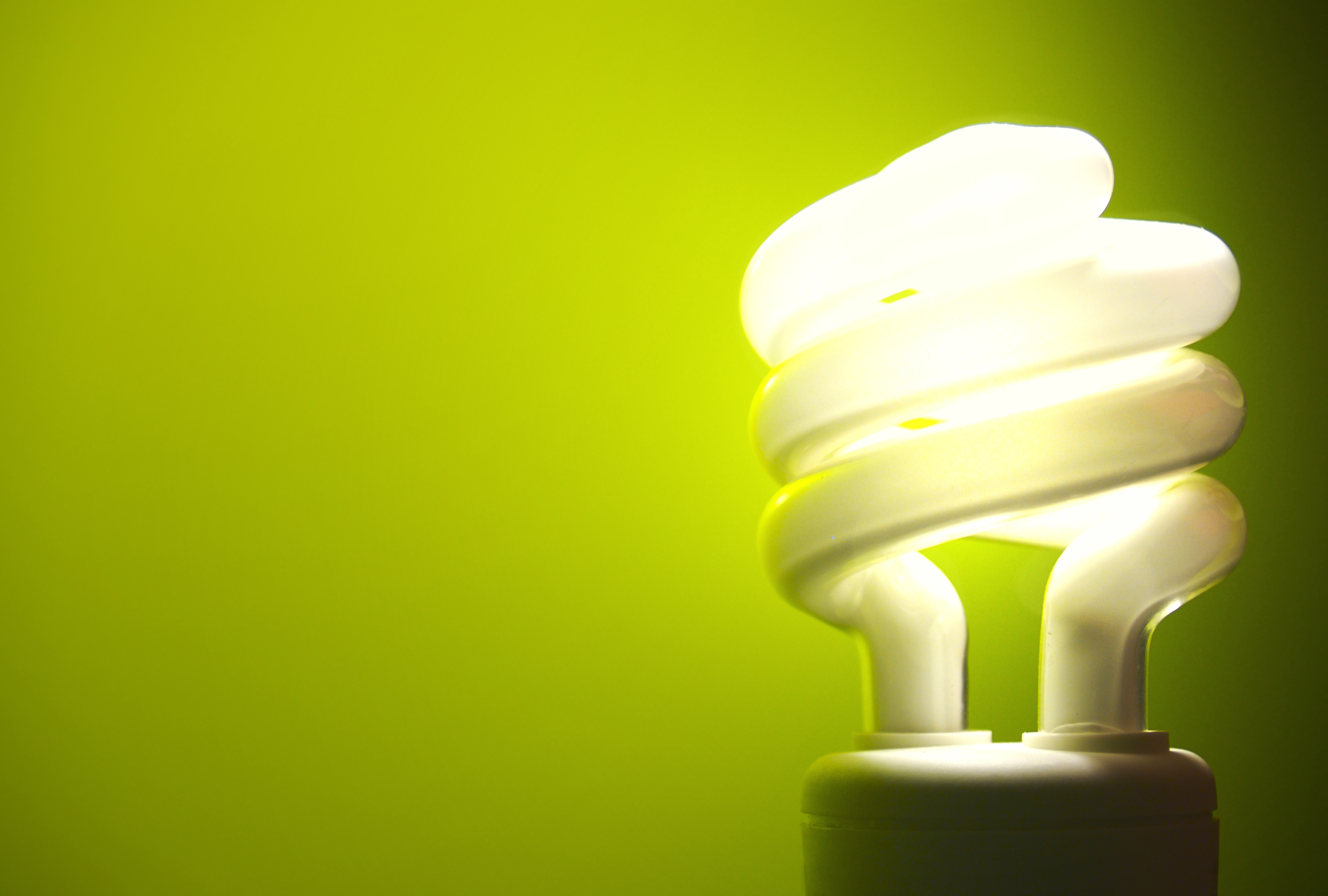
How the Internet of Things Intersects with Energy Management
Amy Hou | November 1, 2017 | Data & Technology | Energy & Sustainability
This post was contributed by Chris Pieper, Vice President of Marketing at Artis Energy
The Internet of Things (IoT) — a growing category in which billions of ordinary devices are integrated via the internet — offers significant opportunities for businesses to make smarter, more-informed decisions to improve their bottom lines.
In fact, over 75 percent of businesses say that the IoT is critical to their future success, and nearly half of adopters are using the IoT to support large-scale business transformation, according to the Vodafone IoT Barometer 2016.
While the specific systems and devices being integrated vary from business to business, Gartner predicts that by 2020, the majority of new business processes and systems will be designed to incorporate IoT connectivity.
But this technology should not just be looked at as something to understand in the future. Instead, IoT is already paying off in many cases, and businesses should look for ways to incorporate IoT solutions now. This year, 63 percent of IoT adopters have seen significant return on investment, finds the Vodafone study, up from 59 percent the previous year.
Getting Smart About Energy
A key component of the IoT is its ability to provide new data, thereby transforming standalone devices and siloed systems into ones that provide users with added intelligence. In terms of energy management, smart devices and integrated systems can enable businesses to better understand their energy usage and costs in real-time, identify malfunctioning equipment and overlay data sets to draw previously invisible insights that can increase efficiency and reduce operating costs.
With smart lighting, for instance, which Gartner defines “as a lighting system that is connected to a network and can be both monitored and controlled from a centralized system or via the cloud,” companies can achieve significant savings by analyzing what areas of the business are contributing most to energy costs and how performance varies throughout the day.
For example, an office building with smart lighting may look at the data and notice that conference room lighting is contributing to an unexpectedly high portion of the electricity bill. The company could then take steps such as installing sensors to activate conference room lighting only when someone is in the room or create an intelligent schedule that automatically turns lights off when meetings are not scheduled. Without this type of data and reporting, companies lack the visibility required to realize efficiencies like this.
Expanding Connectivity
In addition to smart lighting, IoT could have a profound impact on energy management as buildings become more incorporated with sensors and machines. As these devices can connect with each other while feeding data into analytics software, businesses gain a more complete picture of their energy usage. This insight might reveal that certain areas within a building are underutilized, so heating or cooling should only take place immediately before and during periods of occupancy.
Moreover, IoT devices could even start to communicate with external devices, such as a smart electric grid.
A smart grid might be able to understand the weather forecast and therefore anticipate electricity demand. In order to minimize strain on the system, a utility company could communicate with a building via IoT devices to accept a lower energy rate in exchange for less usage, explains the Building Efficiency Initiative.
These types of examples represent a more advanced IoT use case, where hardware autonomously self-adjusts based on third party software integration. But before companies can adopt full-scale integrated solutions like this, starting with energy analytics on their own building and gathering data and insights on their own operation is the critical first step that must be taken.
Do you have thoughts to share on the Internet of Things or energy management? We’d love to hear from you on Twitter! And if you’re ready to learn more about how Urjanet can help power your energy management program, contact us today.
Related Resources:
- Take Your Energy Management Program Beyond the Bill with Interval Data
- Top 5 Tips for Successful Energy Management
- Raising the IQ of Smart Cities
If you like what you’re reading, why not subscribe?
About Amy Hou
Amy Hou is a Marketing Manager at Urjanet, overseeing content and communications. She enjoys writing about the latest industry updates in sustainability, energy efficiency, and data innovation.
You May Also Like
5 Steps to Audit Utility Data Quality
Honor Donnie | June 10, 2022 | Data & Technology
